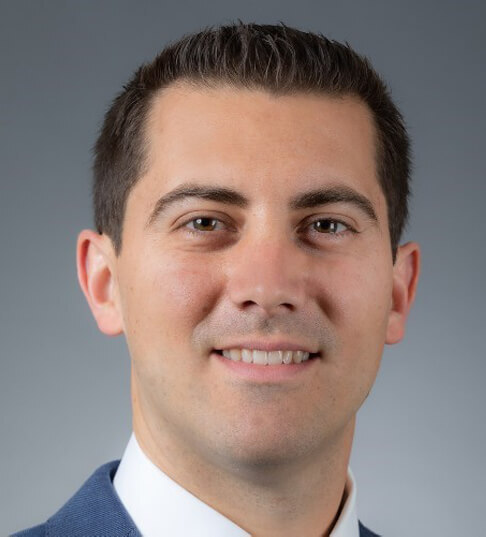Webinar: Value-based care at home - trends in skin health related diagnoses
About the webinar
The last two years have seen an incredible acceleration in the shift of care into the home for patients with skin health related diagnoses. Join us as we explore these trends, understand their implications, and show how taking a data-based approach can benefit your organization.
In this session we will:
- Explore skin health related diagnostic trends in the home health market
- Discuss how these trends will impact providers as well as medical supply companies and distributors
- Share insight on how organizations can develop data-driven processes to capitalize on the continued shift to value-based care
Watch on demand
Our speakers

Kevin Dubuc
Senior Product Marketing ManagerKevin Dubuc is a Senior Product Marketing Manager at Definitive Healthcare. Prior to Definitive Healthcare he worked for Cardinal Health where he spent four years managing many of the largest medical supply brands in the United States.

Meaghan DePeter
Senior Product TrainerMeaghan has worked for the past 4 years helping clients discover opportunities within the commercial intelligence space. She leads the Product Training Team helping clients across all verticals be trained on how to best use the Definitive Healthcare Platform.